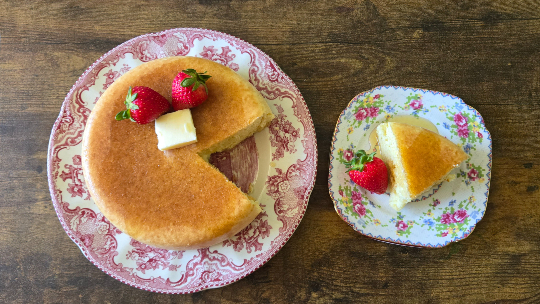A superfood cultivated and consumed by the natives in the Andes mountains of South America for over 5,000 years, quinoa is a great alternative to rice. Quinoa has more fiber and protein than rice and unlike most plant-based proteins, quinoa offers all the essential amino acids, which means it’s a complete protein.
Although it’s considered a whole grain, it’s actually a seed. Since Eat Pono’s mission focuses on educating our community on eating more nutritiously, we promote foods such as quinoa, sweet potato, and taro as alternatives to the traditional staples of rice and potatoes.
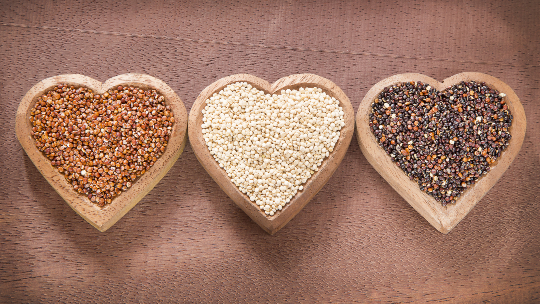
Seeds of red, white, and black quinoa.
Quinoa offers twice the amount of protein and 5 grams more fiber per serving than rice. Due to its higher protein content, quinoa will help satisfy you sooner and keep you satiated longer. Similar to rice, quinoa is gluten-free and contains iron, manganese, phosphorus, magnesium, zinc, calcium, potassium, and selenium, making it three to four times more nutrient-rich than brown rice.
There are tons of creative recipes that substitute quinoa for other grains like oatmeal and you can even purchase pasta made from quinoa. We encourage you to get to know this grain!
Eat Pono’s tabouli with tricolor quinoa is a simple, fresh side dish that can be prepared in about 30 minutes. This recipe is versatile and can be turned into a multitude of seasonal dishes. During the fall, we add candy-cane beets and goat cheese, or baked squash and dried cranberries sweetened with applesauce. In the winter, we mix in roasted Brussels sprouts and pomegranate seeds. Our favorite springtime tabouli combines quinoa with strawberries, dried apricots, and chopped pistachios. You can doll up any seasonal side dish with fresh lilikoi, papaya seed dressing, or a balsamic drizzle.
Note: We like to keep 1/2 cup cooked quinoa on the side for our pickiest eaters before mixing in the greens, just in case.
EAT PONO TABOULI WITH TRICOLOR QUINOA
Ingredients
- 1 cup tricolor quinoa
- 1 1/2 cups organic chicken broth or water
- 2 mini cucumbers, diced
- 1/2 cup minced cilantro
- 1/4 cup minced mint leaves
- 1 Tbsp. olive oil
- 1 Tbsp. fresh lemon juice
Instructions
Cook quinoa with broth or water in rice cooker as directed on package. When done, pour into serving bowl and combine with cucumber, cilantro, mint, olive oil, and lemon juice. Serve as a salad or starch.

Eat Pono’s tabouli with tricolor quinoa. Photo courtesy Eat Pono.
Keiki composting activity
Composting is nature’s way of recycling. Although it may seem “icky,” it’s actually really cool to be able to recycle food scraps into nutritious dirt so that we can rejuvenate the soil and feed our fruits and vegetables, which in turn feed us.
This fall, we encourage you to get your hands dirty! Touching soil, gardening, and playing in nature can increase your serotonin levels that make you happy and strengthen your immune system. So, let’s get composting!
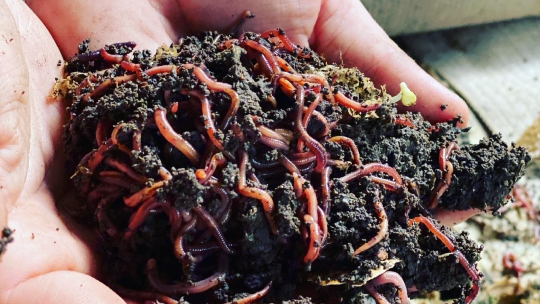
Worms are great composting helpers! Photo courtesty Eat Pono.
Materials
Safety tip: Please ask an adult for help and supervision when using sharp objects.
- Empty large plastic bottle
- Scissors
- Nail for making small drainage holes
- Shredded newspaper
- Dirt (not potting soil, good ‘ole dirt from outside)
- Compost materials (grass clippings, vegetable scraps, dry leaves)
- Water
- Earthworms you dig up in the garden outside (optional, but very helpful)
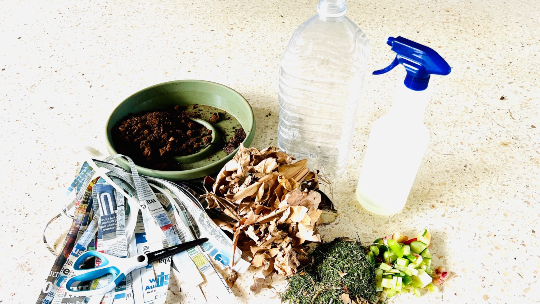
Supplies you may already have around the house. Photo courtesy Eat Pono.
Easy prep
Rescue an empty large plastic bottle from the recycle bin. Cut off the top of the bottle, approximately 1/2 inch below the neck and set it aside. This is your funnel for adding composting materials and water and keeping critters out. Use a nail or sharp object to punch eight to 10 small air and drainage holes along the side and bottom of the bottle. Layer the bottom of the bottle with dirt, earthworms, newspaper, grass clippings, and dry leaves.
This is your compost starter. Sprinkle with water.
Ready, set, compost!
Congrats, kids! You’re ready to start composting your kitchen food scraps. Add vegetable scraps, coffee grounds, eggshells, or more leaves and grass, but no dairy or meat.
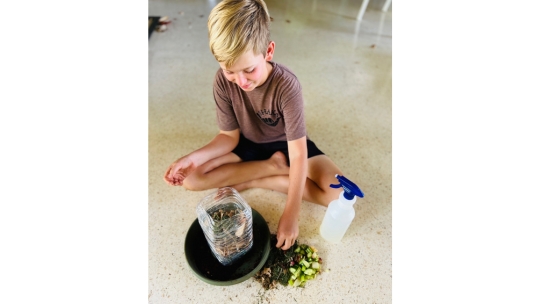
Composting is fun and good for the environment. Photo courtesy Eat Pono.
Then, place in a sunlit area and cover with kitchen towel.
Next, check the composter each day and watch the magic happen. Stir the contents occasionally. Spray with water as needed to keep the contents damp. Over time, you’ll see the materials break down and turn into nutritious soil that you can use in your garden.
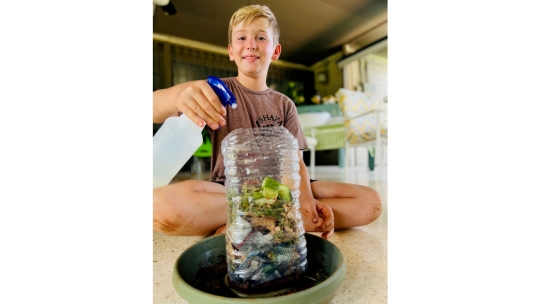
Spray with water as needed. Photo courtesy Eat Pono.
Bonus: Use your soil to grow plants or start a garden.
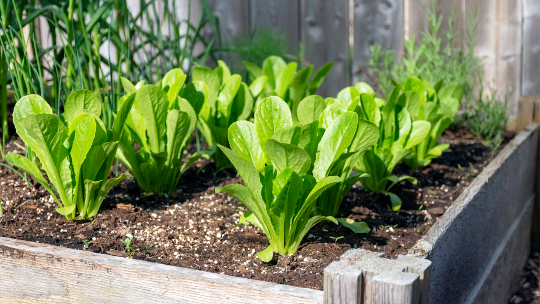
For more keiki activities, visit our website.
Candes and Poet Gentry are the mother-and-son duo who have ignited the Eat Pono community conversation, encouraging ohana of all ages to source local, eat nutritiously, and live sustainably. Visit @eatpono or eatpono.org to join the movement.



